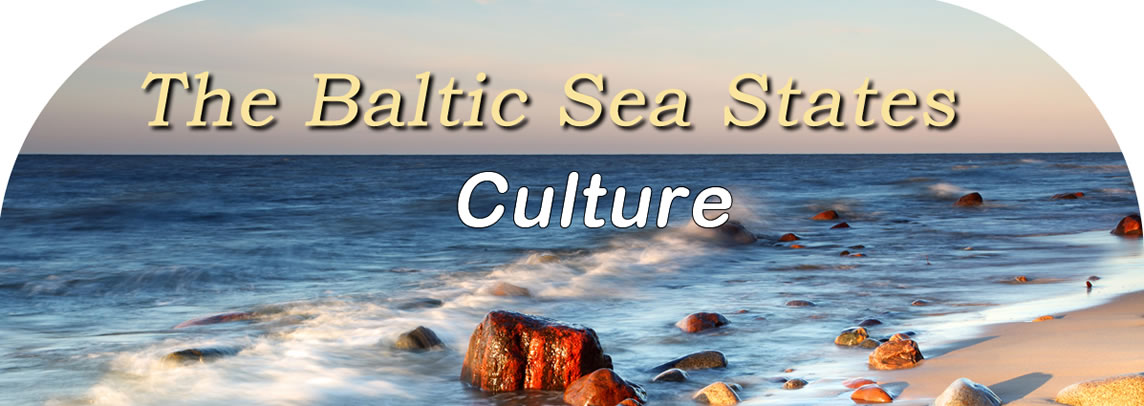
The culture of Latvia Latvia's history is important
to understanding the culture and cultural issues in Latvia today.
The country is a young one; it has experienced eight centuries of
occupation with only short periods of independence. Because of this,
Latvian culture contains elements of German, Polish, Swedish and
Russian cultures. Language Latvian is the official language of the country, but other languages are widely spoken. Russian is the most common non-official language; around one-third of the population claims Russian as its native tongue. Post-Soviet era, Lativan was for the most part spoken only by ethnic Latvians, but today, thanks to aggressive teaching of Latvian in public schools, the vast majority of citizens speak the official language. Public education is taught in Latvian as well as seven other languages. Religion The country has been primarily Christian since the arrival of German missionaries in the 12th century. During the Soviet era, practicing of religion was discouraged, but since independence religious institutions have flourished. The largest religious groups in the country are Lutheran, Catholic and Orthodox Christian. However, other religious traditions are on the rise. Arts Support for the arts has been
mixed; during the first period of independence in the early 20th
century, government support for the arts was strong. However, during
the time of the Soviet occupation and in post-Soviet Latvia, support
for the arts has been diminished. © Baltic21.org 2013, All Rights Reserved |
